
Tinh Quang Lake with its clear blue water contributes to creating a cool space for Tran Bien Temple of Literature.
Tran Bien Temple of Literature was established in the 17th century, after the event of Le Thanh Marquis Nguyen Huu Canh following the order of Lord Nguyen Phuc Chu to go to the South to inspect in 1698, that is, less than 20 years after the land reclamation and opening up. This shows the importance of preserving, promoting and honoring the cultural andeducational values of the past and present of the Nguyen Dynasty. This is the first temple of literature built in Dang Trong, before the temples of literature in Vinh Long, Gia Dinh and Hue.
According to Trinh Hoai Duc's Gia Dinh Thanh Thong Chi, Tran Bien Temple of Literature was built in Tan Lai village, Phuoc Dinh commune, Phuoc Chanh district. According to Dai Nam Nhat Thong Chi, Tran Bien Temple of Literature was built on a beautiful piece of land, facing Phuoc Giang river to the south and leaning against Long Son mountain to the north, a place with beautiful scenery and lush vegetation. The building was renovated twice, in 1794 under Lord Nguyen Phuc Anh and in 1852 under King Tu Duc. In 1861, French colonialists invaded Bien Hoa and demolished the building.
According to the tour guide at Tran Bien Temple of Literature, before 1802, every year, Lord Nguyen Phuc Anh personally came to Tran Bien Temple of Literature to perform the ceremony twice in spring and autumn, but since Lord Nguyen ascended the throne in Hue , the Governor of Gia Dinh Citadel, along with Bien Hoa mandarins and education inspectors, performed the ceremony on behalf of the king. Similar to Hue Temple of Literature, next to the Temple of Literature there was Quoc Tu Giam to teach students, in Bien Hoa, next to Tran Bien Temple of Literature there was also Tinh Hoc. Thus, in addition to its role of worship, Tran Bien Temple of Literature also played the role of a cultural and educational center of the ancient Bien Hoa province and of the whole South before Gia Dinh Temple of Literature was established.

Representatives of Party newspapers participating in the 2023 Southeastern Region Expanded Party Newspaper Conference took a photo in front of the Temple of Literature.
Because it contains many traditional values, in 1998, on the occasion of the 300th anniversary of Bien Hoa - Dong Nai land, Dong Nai Provincial People's Committee restored Tran Bien Temple of Literature to its current state and since then, Tran Bien Temple of Literature has become a familiar place for sightseeing and incense offering for visitors from near and far.
It is known that Tran Bien Temple of Literature was restored according to ancient documents such as Dai Nam Nhat Thong Chi, Gia Dinh Thanh Thong Chi,... The construction items were built symmetrically along a sacred axis, from the outside in: Temple of Literature gate, Stele house, Khue Van pavilion, Tinh Quang lake, Dai Thanh gate, Confucius statue, Hanh le yard, Bai Duong house.
In general, Tran Bien Temple of Literature is restored quite similar to the Temple of Literature - Quoc Tu Giam (Hanoi) in terms of structure but still has the identity of a Southern cultural institution. The first point is the way of worship, if the architecture of other temples of literature chooses Confucius as the center, placed in a solemn place in the main church, on both sides worshiping Tu Phoi and Thap Triet (the excellent students of Confucius), Tran Bien Temple of Literature focuses on President Ho Chi Minh - the great hero of the nation, a world cultural celebrity and around worshiping the talented people of Vietnam.
The second point is the layout of the Archives and the Archives. The Archives is a place to display the artistic values of traditional crafts in the Bien Hoa - Dong Nai region, including the main crafts: Carpentry, forging, bronze casting, stone, cast iron blowing, etc. The most typical products of each craft will be displayed here. The Archives on the opposite side is a place to preserve cultural, artistic, scientific, and educational works of the Bien Hoa - Dong Nai region. In addition to the typical artifacts of Bien Hoa - Dong Nai, Tran Bien Temple of Literature also displays artifacts such as earth and water altars from the Hung Kings' land, large drums, bronze gongs, large bells, etc.

Offering incense to President Ho Chi Minh at Tran Bien Temple of Literature
Not only carrying the value and richness of cultural and historical traditions, Tran Bien Temple of Literature is also a major cultural, educational and scientific institution of Dong Nai province. In recent years, Tran Bien Temple of Literature has become a place for healthy cultural activities, attracting a large number of people from all walks of life to participate in activities about the source, promoting the spirit of learning. This is also a place to educate the younger generation to preserve and promote national cultural identity in the context of deep and wide integration.
Every Lunar New Year, Dong Nai province leaders visit and offer incense to President Ho Chi Minh and other cultural figures at Tran Bien Temple of Literature. This is also the place to hold incense offering ceremonies, report achievements and introduce new publications of many authors. Ms. Nguyen Thi Ngoc Uyen (Bien Hoa City, Dong Nai Province) shared: “I often visit the Temple of Literature to visit and offer incense on weekends or holidays. My children also love this place because of the beautiful scenery, airy space and the traditional festivals that often take place.”
Amidst the hustle and bustle of urban life and the strong development of modern cultural forms, Tran Bien Temple of Literature has become a symbol, a source connecting the past and the present. The presence and cultural and historical values preserved at Tran Bien Temple of Literature will help visitors from near and far understand more about the history and traditions of the people and land of the South./.
Wisdom
Source


![[Photo] A delegation of 100 journalists from the Vietnam Journalists Association visits the soldiers and people of Truong Sa island district.](https://vphoto.vietnam.vn/thumb/1200x675/vietnam/resource/IMAGE/2025/5/30/0984a986227d4e988177f560d2e1563e)
![[Photo] General Secretary To Lam receives Chief of the Central Office of the Lao People's Revolutionary Party](https://vphoto.vietnam.vn/thumb/1200x675/vietnam/resource/IMAGE/2025/5/30/140435f4b39d4599a3d17975dfb444c5)
![[Photo] National Conference "100 years of Vietnamese Revolutionary Press accompanying the glorious cause of the Party and the nation"](https://vphoto.vietnam.vn/thumb/1200x675/vietnam/resource/IMAGE/2025/5/30/1cf6cd5c8a934ebfa347028dcb08358c)

![[Photo] Journalists moved to tears at the Memorial Service for the soldiers who died in Gac Ma](https://vphoto.vietnam.vn/thumb/1200x675/vietnam/resource/IMAGE/2025/5/30/9454613a55c54c16bf8c0efa51883456)

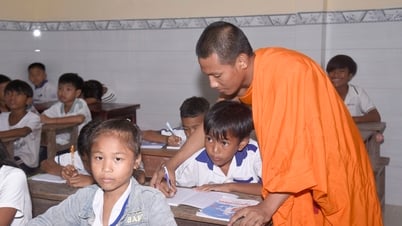
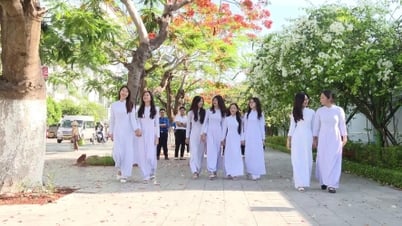
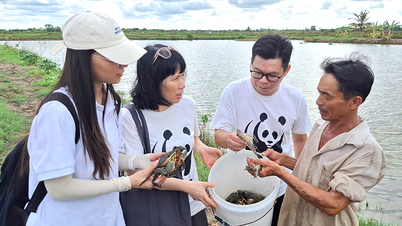
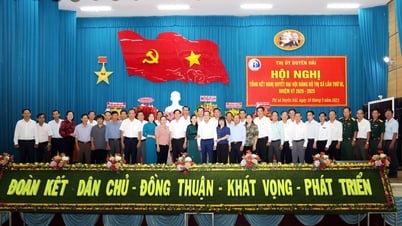
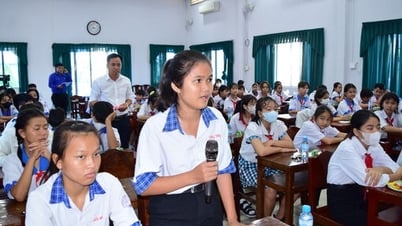

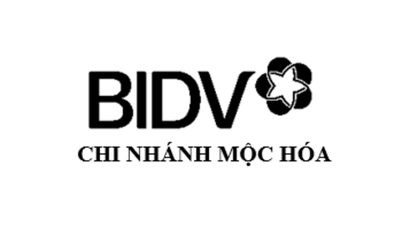




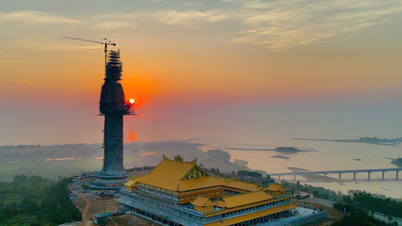


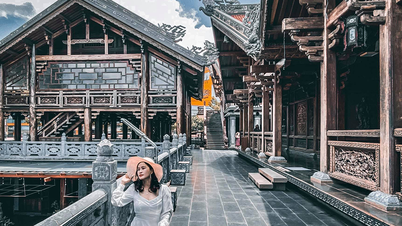










































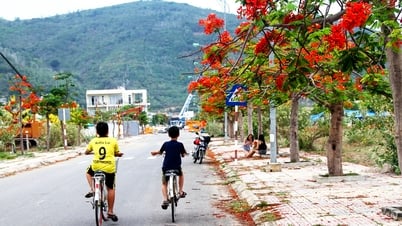

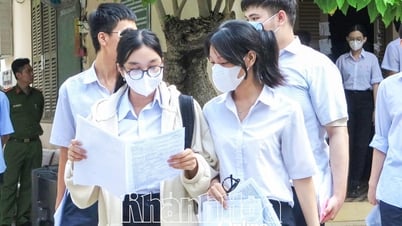
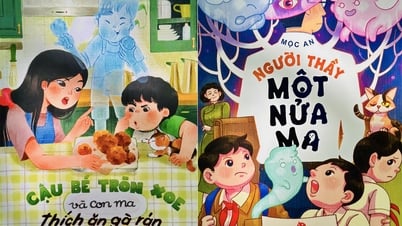
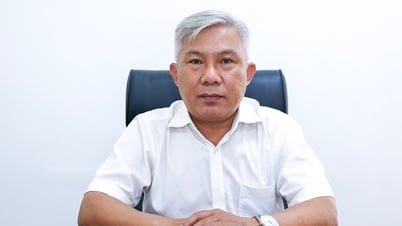
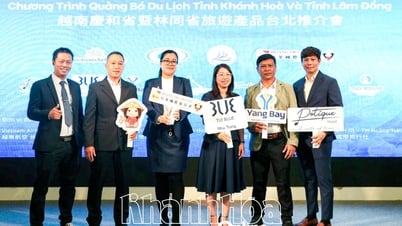










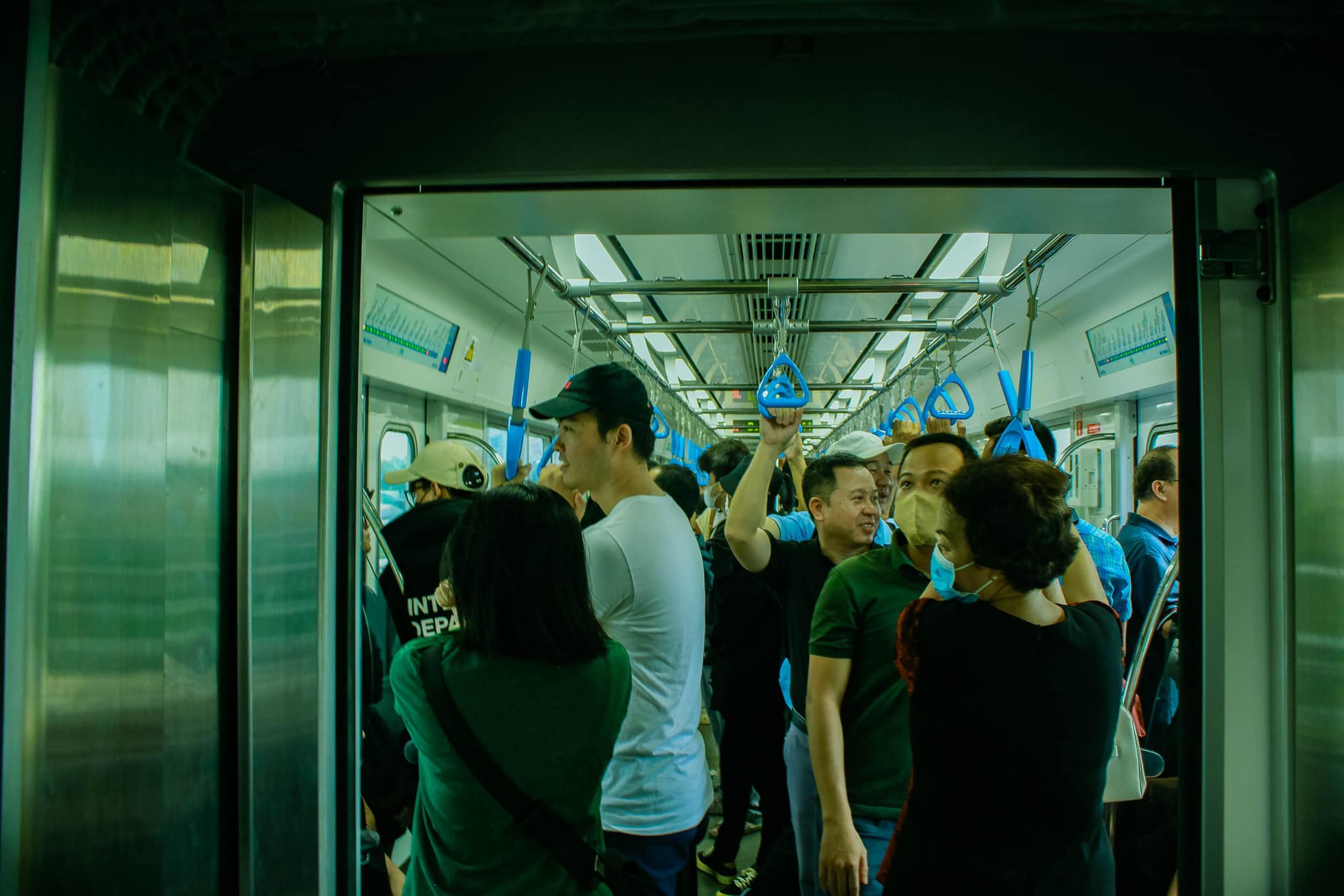



Comment (0)